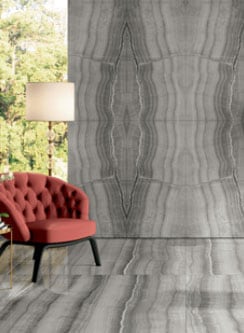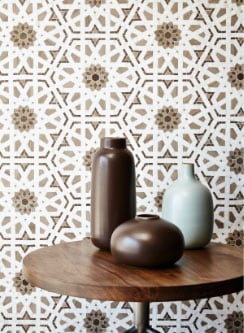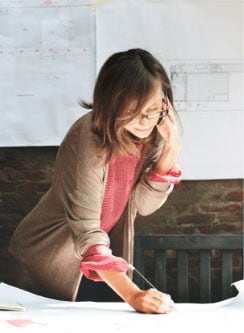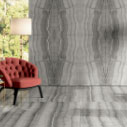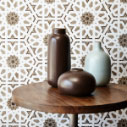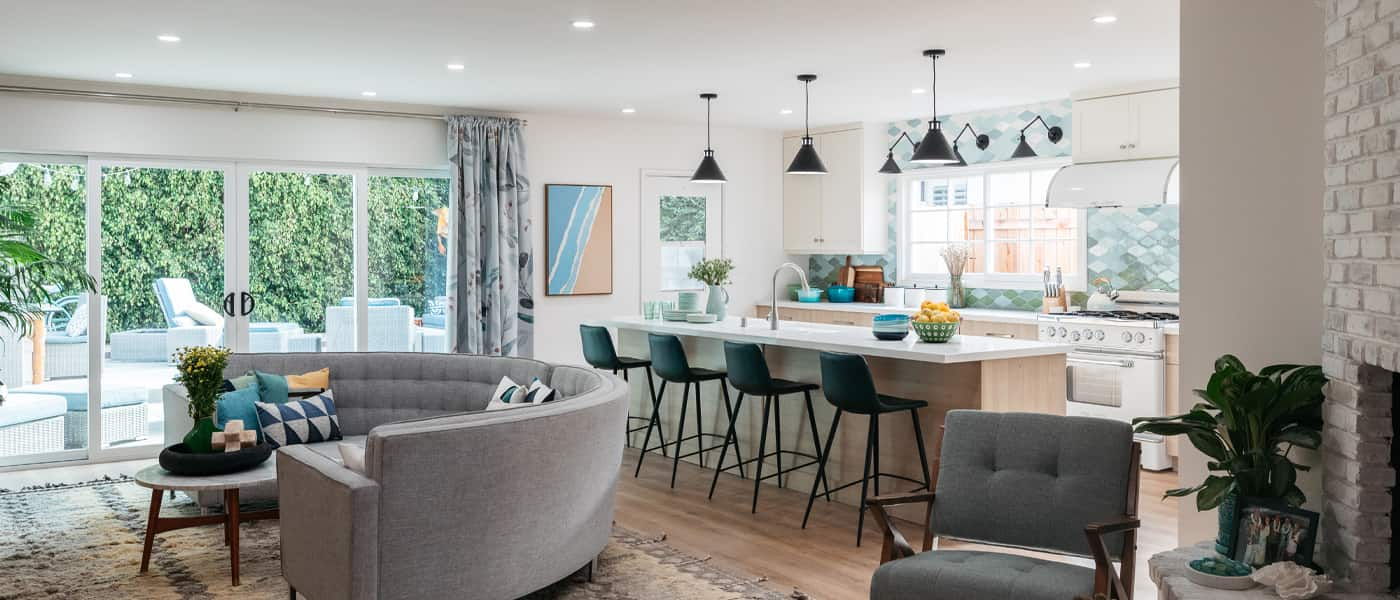
The pandemic may have accelerated its adoption, but remote work is something that’s rapidly becoming a norm in every profession. Indeed, The World Economic Forum reports that the number of people who are going to be working from home permanently will double this year. You may be one of the people who are set to make their home their permanent office. Then again, if you’re already running a business, your home could have already been your office for years.
But does it have all the aspects that will make it a productive space?
Here are some key design elements every home office should look into having.
Windows
Natural light is a professional’s best bet to boost their productivity—a new study published in the International Journal of Environmental Research and Public Health says as much. The findings show that sunlight helps workers stay awake for their shifts and improves their sleep at night, putting their minds in a prime condition to produce quality work. If you are building your office from scratch, make sure you include a window – preferably one that’s facing north or south, so the sun never hits your eyes directly. If your office room isn’t located around your home’s perimeter, then you can paint your walls white instead. This will help you make the most of what natural light you have.
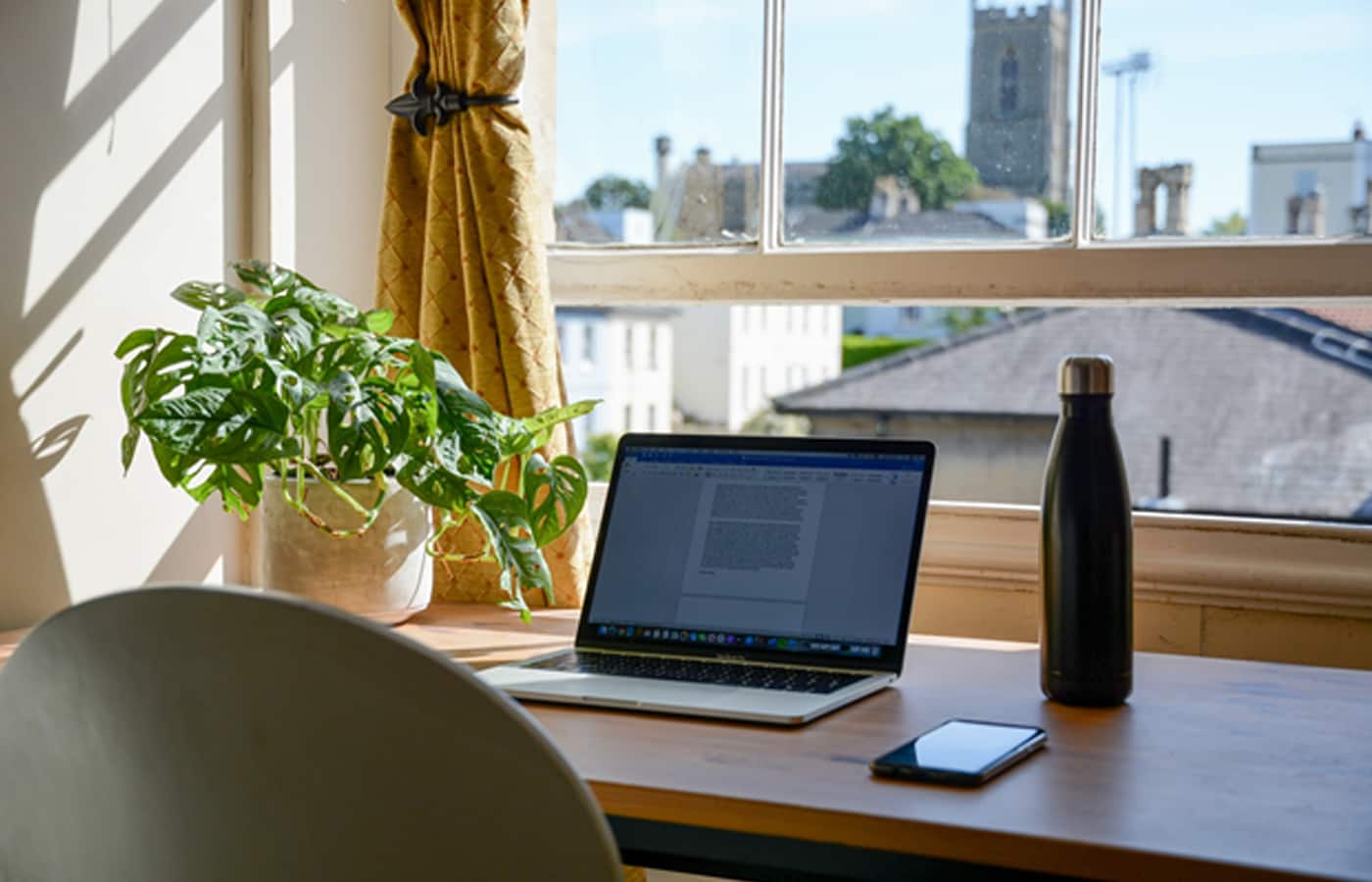
Art
Of course, light isn’t the only thing that can inspire your productivity; vibrant artwork can do the same. “A gallery wall is a great way to show off your favorite pieces of art and add a bit of inspiration to your home office,” says design blogger Ashley Knierim in a home décor article on The Spruce. It doesn’t have to be paintings or pictures either, so long as you feel inspired after a quick glance at it. You can line your favorite books on your shelf or place small art trinkets near your desk.
Plants
Color psychology states that green is a calming color, which is why having plants in your office not only makes it look nice but also helps alleviate your stress. They also produce oxygen that keeps the air clear, improving your health. As a rule of thumb, the bigger the leaves the better the benefits are. For your home office, consider those that thrive in cold spaces, need little watering, and can survive with indirect light like the Devil’s Ivy, Aglaonema, and Zamiifolia. If your space is a bit bigger, there are a couple of larger plants for you to choose from, too, like the weeping fig, bird of paradise, and island pine.
High Shelves
If you ever find yourself out of space for files, décor, or even houseplants, learn to decorate “vertically” instead. This means that rather than adding furniture, consider filling the empty space that you have on your walls instead. Floating wooden panels make practical vertical designs, for example. You can also build shelves into the walls that reach your ceiling. The point here is to maximize your space wherever you can.
How can I get the renovations started?
While many of the above elements can be incorporated by yourself, like plants and art, the more complicated redesigns may require a professional touch. During your search, you have to pay attention to what they offer and how much their services are. “The design industry is a very specific industry when it comes to fees and commissions,” said designer Ellie Cullman in a ZenBusiness guide to starting an interior decorating business. Interior designers can either charge you a flat fee, or charge by the square foot, or by the hour. Some of them might not pay for the materials or furniture to be used. This is why it’s important to read contracts before you hire them.
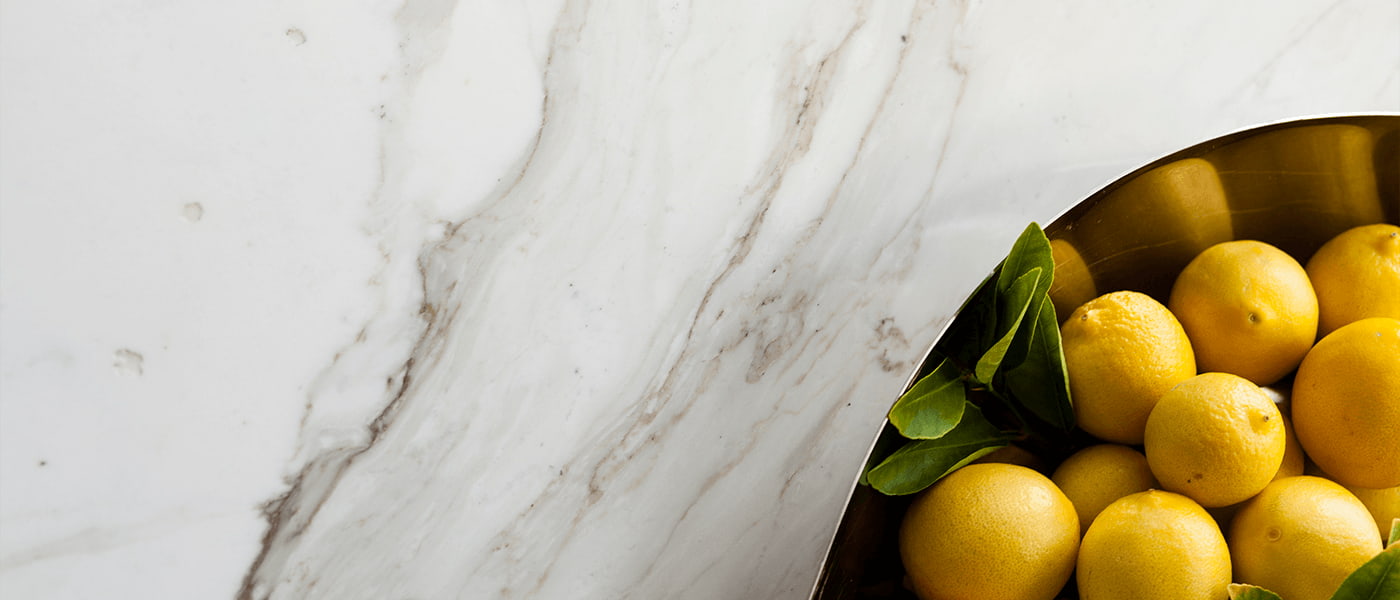
When designing your home office, always remember to max out your space, let the light in, and strategically scatter items that will add some color to the room. There’s no right way to design it either. If it inspires you to work every day, then it’s the right look.
For more design tips, ranging from Small Kitchen Design Ideas to a Powder Room Paradise check out our blog.
Article by Jennifer Vivianne













